When the desire to upgrade a component becomes reality, audiophiles are faced with the burdening decision of how best to resolve the used component that the new joyous purchase will replace. One option is to simply trade it into the dealer for an agreed-upon sum. However, many AV and audiophile retailers would much rather not be bothered with used gear. There is the ever-popular practice of selling the used audiophile component on your own. And, without question, this presents challenges to even the experienced hobbyist. On the other hand, there are those who see selling used gear as a fun and sometimes even prosperous part of the audiophile hobby.
There are any number of factors and options in selling used gear and, in this article, we will take a brief look at some of the more popular ones currently available. Our goal is to make you an even more educated and enlightened audiophile ready for his or her next upgrade.
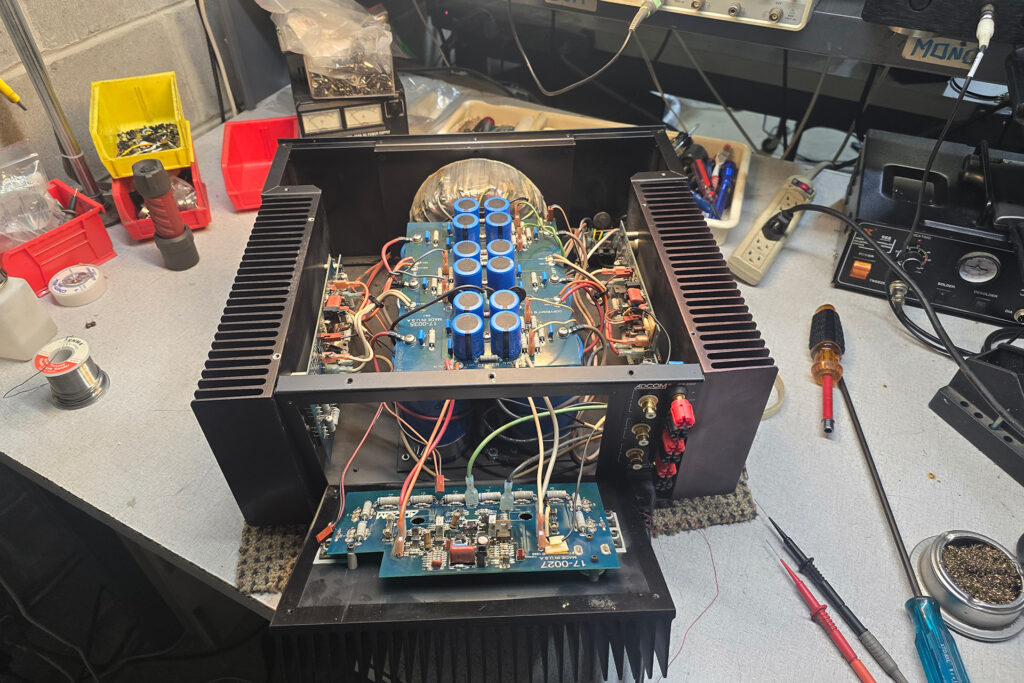
Yes, There Are Tax Implications You Need to Seriously Consider
While most audiophiles simply want to be rid of an older component to make room, both physically and economically, for the shiny new audio toy, there are those whose goal is to buy and sell used gear with profit-making the primary motive. Understand first there are no tax implications in selling something used, as long as the used sale price was less than the purchase price. Losses are not taxable, so for most, the tax burdens won’t apply. Services such as PayPal, Venmo and Cash App will send a 1099-K for funds paid through these third-party platforms. However, here’s the kicker: the tax reporting from PayPal specifically will occur when the payments transferred exceed $20,000, or 200 total transactions in one year. PayPal sees these type of transactions as commercially viable and, as such, subject to IRS regulations.
PayPal Friends and Family is treated differently. PayPal, generally speaking, does not report these transactions to the IRS, and no 1099 will be sent to the seller. Friends and Family monetary transfers are designed for non-commercial financial transactions, and come without some key consumer protections. Typical Friends and Family transactions include payment for a meal or one person’s part of a group expense. However, if the amount and number of transactions indicate commercial activity, then expect to be the recipient of a 1099. Other services, such as Venmo and Cash App, have their own policies and procedures, so it is strongly advised to understand how all third-party payment services work in regard to taxes.
It is absolutely essential to keep a copy of the original receipt when selling used gear. If you can show you paid $10,000 for an amplifier and sold it for $5,000, you avoid all tax implications. However, you need to have the invoice, whether the original or a copy, as proof of payment. Again, any potential taxes have no bearing on someone who just wants to collect a little cash in an effort to offset the cost of a new piece of gear. It is essential to understand the IRS rules and regulations, so if there are any questions, it might be well-advised to seek the advice of an accountant or tax professional to be sure all tax regulations are met. Your CPA might find these questions complicated, but without this level of accounting, you could be subject to tax penalties, as well as losing money on audiophile transactions.
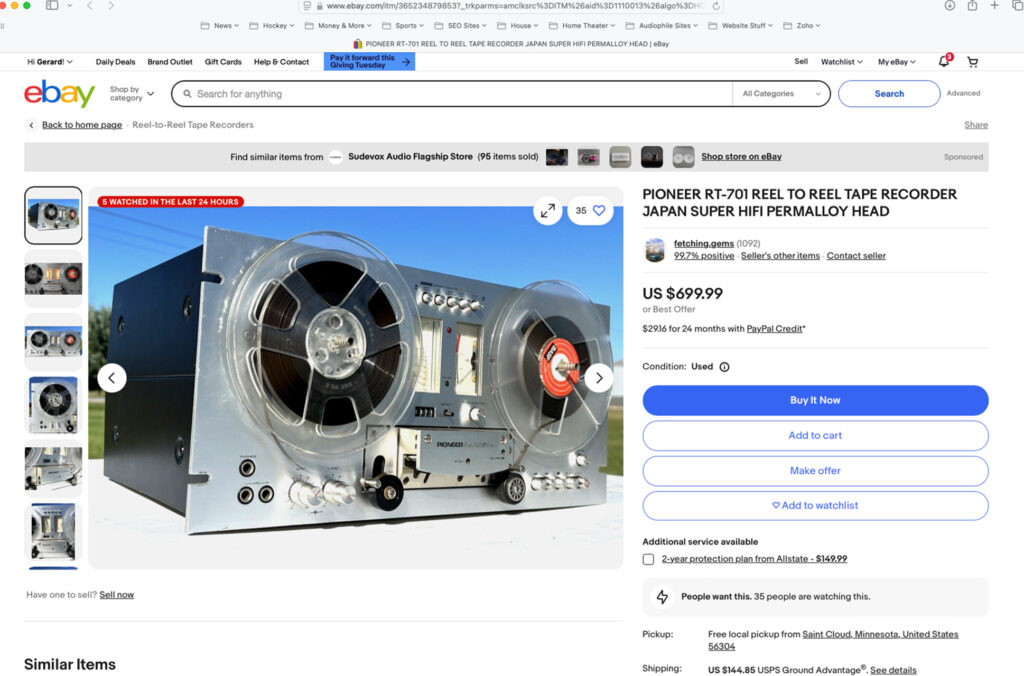
Option One: Selling Audiophile Gear on eBay.com
What started as a fantastic way to buy and sell a few personal belongings has grown into a behemoth of a company. eBay, for many, may be a platform to sell small, trinket-like items, and this is certainly one aspect of their business model. However, there are some surprisingly meaningful and expensive items for sale through eBay, including some serious audiophile equipment (especially vintage components) on the platform. One downside to eBay.com are their fees, which are typically rather high, as opposed to other resale sites. If you can live with the fees, the number of potential buyers will be quite large, give the platform’s popularity. This may in turn produce a higher price, thanks to robust bidding. This is especially the case when it comes to more mainstream items like an iPad or a Sonos Port. This does not mean a vintage Mark Levinson stereo preamp can’t sell for good money, but newer, more mainstream gear, which is easily shipped, is typically in eBay.com’s wheelhouse.
There are also eBay consultants or experts who, for a percentage of the funds collected, will list, negotiate and navigate for the seller any used equipment anyone should wish to buy. However, while convenient, this comes at an additional cost, which is added to the already pricey fees eBay charges for all sales on their site. What is undeniable is that selling audio gear through eBay will generate a significant number of potential buyers. You may also be responsible for additional income tax if you use eBay to sell big-ticket audiophile products.
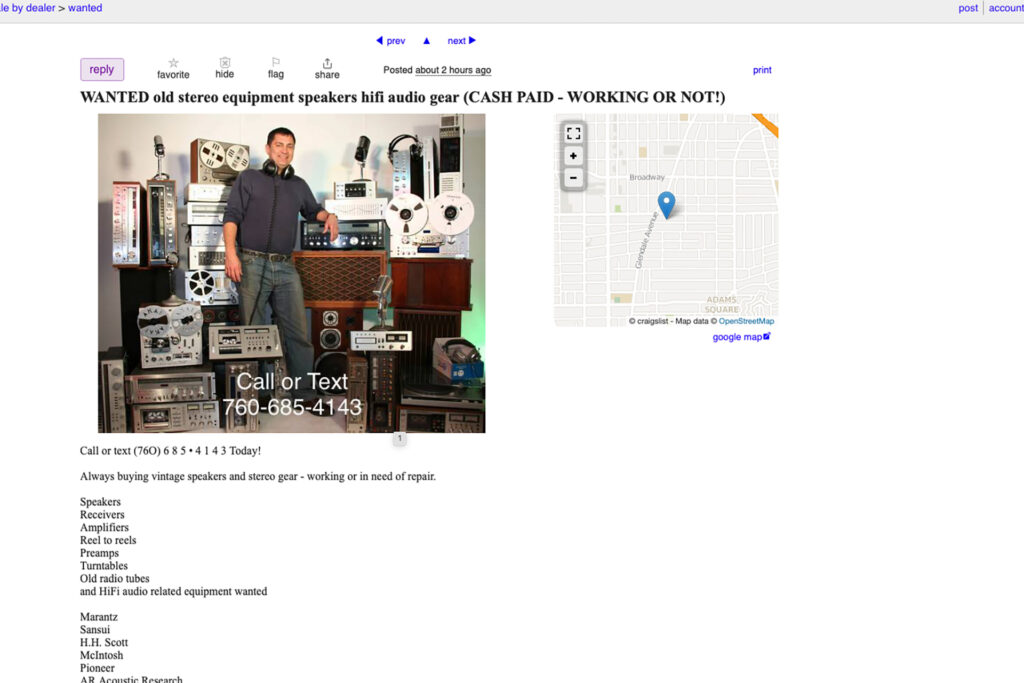
Option Two: Selling Audiophile Gear on Craigslist.com
If the goal is to sell something locally, Craigslist.com is a popular platform. It also works well, as it applies to audio gear, if the seller does not have the original shipping box, a potential customer can see the ad online, send an email to the seller, negotiate a final sale price, and meet the seller to complete the transaction. I’ve used Craig’s List in the past when I purchased a new iPhone or iPad, something I do every year. However, for the last few years, I just traded the used phone or tablet into Apple. Why? Honestly, I actually became concerned for my safety. Craigslist transactions are almost always cash, and I was worried (justifiably or not) about being robbed. And I would never allow a random stranger to come to my home, which makes selling audio components more difficult. It is always imperative to first consider your safety in any of these transactions. However, if you have something bulky like a 75-inch 4K UHD TV, or a big-time subwoofer, Craigslist.com may be the perfect solution to sell your product locally. It might also make things easier if boxes, packaging, shipping costs and insurance can be avoided.

Option Three: Selling Audio Components on AudiogoN.com
While AudiogoN started rather small, decades later, it has grown into the premier platform for audiophiles to sell used equipment. The AudiogoN.com community is second to none in the English-speaking world, and while not as big as eBay.com in terms of overall reach, AudiogoN.com has more people who know how to recognize a quality audiophile component. They are also trained to spring into action, thus sometimes (no guarantees), your audiophile gear sells in mere minutes when posted on AudigoN.com.
Placing an ad on the AudiogoN website is pretty straightforward. Once done, an ad fee may be tendered when the ad is placed, or when the component sells. When a purchase price is agreed upon, the buyer makes the payment and the seller makes the shipment. As AudiogoN.com’s popularity has soared in the audiophile community, so have their fees. In regard to selling used gear, there are charges to list something for sale, and charges that AudiogoN.com collects once the sale has been made. In fact, in recent years, AudiogoN has received a surprising amount of criticism over the total amount of fees charged. What cannot be denied is that they have become one of the, if not the single, most popular means to safely and reliably sell used audio equipment. AudiogoN.com even offers financing options, but we typically do not promote such practices. If the purchase of used gear creates financial challenges, perhaps the better option is to consider a different, and possibly less expensive, piece of gear.
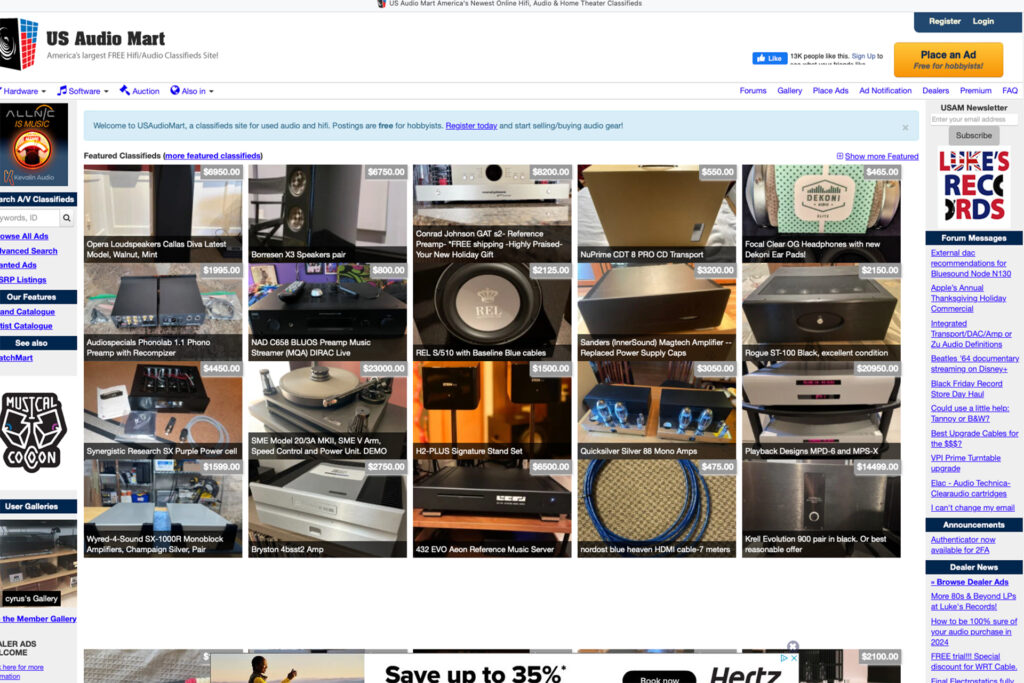
Option Four: Selling Your Audiophile Components at US Audio Mart
US Audio Mart’s goal is to be a viable alternative to the fee structure charged by AudiogoN.com. With the modern rise in fees by AudiogoN.com, this has proven an effective business model. What is perhaps most attractive about US Audio Mart is that they charge no fees for listing equipment for sale or the purchase of something used. They make their money through advertising (like us here at FutureAudiophile.com). Because of the lack of fees, it is possible to find a significant amount of audio equipment in any one product category. Pick a popular category like floorstanding loudspeakers, and be prepared to find a lot of listings. Obviously, not all will be of any interest, but this is the case with any online shopping of products sold and purchased used.
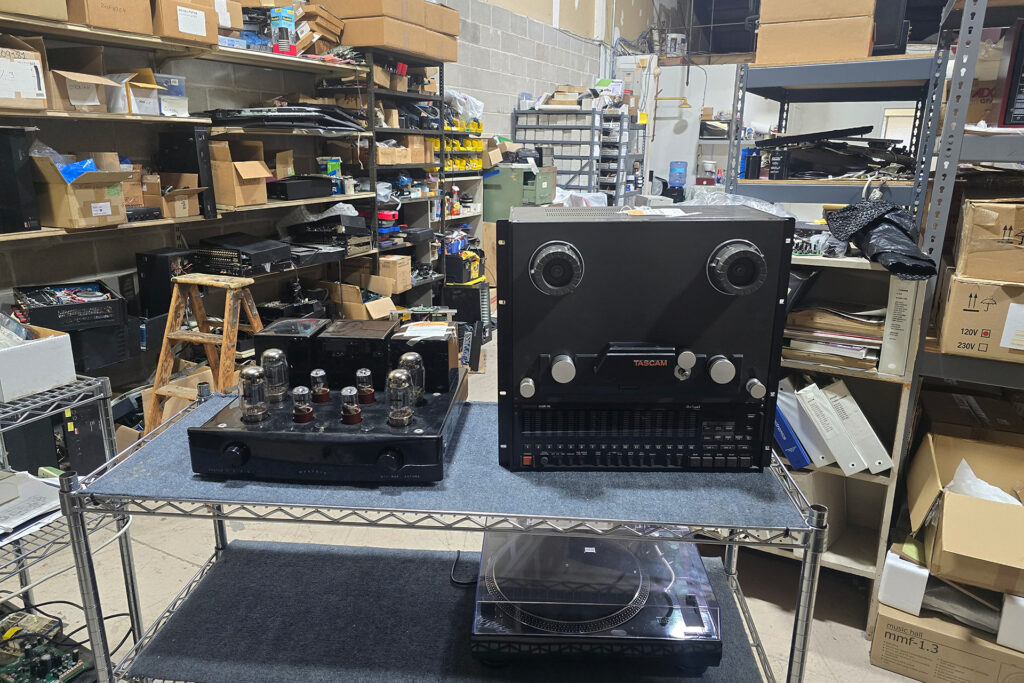
Comparing AudiogoN.com versus US Audio Mart …
For fun, I looked up floorstanding speakers on both AudiogoN and US Audio Mart. AudiogoN had 730 listings for sale, or 23 total pages, with the highest cost for any one speaker listed at $99,500 for a set of Wilson Alexx Vs painted in white. US Audio Mart had 1,268 listings, with 32 total pages of listings. Prices ranged from very nominal, up to, from what I saw, about $75,000. There were a significant number of listings for very popular brands from a few thousand dollars to as much as about $50,000, with the most expensive one, as previously mentioned, at $75,000. One thing of note: after looking through all 32 pages of speakers on US Audio Mart, I got really tired of multiple ads popping up. Are ads a more agreeable substitute to fees? That’s a decision left to others, but I could go either way. Frankly, I find intrusive ads and fees to both be equally annoying. What is for sure is that AudiogoN and US Audio Mart have scores of listings of gear that any audiophile would love to own and would have bought new had it not been for the original purchase price. Both have gear from an entry-level, budget price point to world-class equipment. Any audiophile looking to sell something used would be well-advised to look at and consider each one of these sites as a means to move a piece of used gear into someone else’s hands. These days, any audiophile likely needs both sites bookmarked in hopes of getting the most out of their AV investments.

Option Five: Selling Audiophile Gear to The Music Room in Colorado
The Music Room’s (TMR) approach is somewhat unique and has gained popularity in recent years with the audiophile community. Instead of listing your equipment for sale on a website, and waiting for an offer to purchase, TMR will simply buy your equipment from you directly and sell it on their own. The process is quite simple. Call TMR and speak with a sales associate about what you would like to sell. Send them pictures taken from all angles to verify the physical condition. They will send an email with a conditional offer for a purchase price. This price will also include the cost to ship the component to Colorado. Once TMR receives the component and confirms the physical condition, and also verifies all aspects of the operation work as originally designed, they will formally confirm the purchase offer, revise the purchase offer, or rescind it entirely and return the unit. Using TMR makes the disposal of used gear very easy. I have now sold them six different components I no longer wanted or needed. The downside should be obvious. Because they need to make a profit on all sales, the price they pay will always be about 15 percent to 20 percent below what might be made if the owner sold the component on their own. What is for sure: TMR makes things very easy. For me, it was worth the cost. The time and grief saved is well worth the 15 percent or so of even a high-dollar transaction in my world. Not having to deal with the general public, for me, is also an advantage. As much as I love talking with other audiophiles, the simplicity of the TMR process is very appealing. Others who wish to maximize the sale of used equipment might feel differently.
Option Six: Sell Audiophile Components on Facebook Marketplace
This has become an almost de facto place for social media-savvy audiophiles to buy and sell used gear. I cannot say with any certainty how much or the level of quality gear might that be found on Facebook Marketplace, but I feel sure there are listings of used gear to be found. Selling through Facebook Marketplace is very similar to using eBay, and certainly has mainstream appeal. We’ve got reviewers who have successfully sold their gear on Meta’s platform. One of the appealing factors is that Facebook users do not wish to have their reputations tarnished for not being honest or forthright. That’s another side perk of Facebook Marketplace.
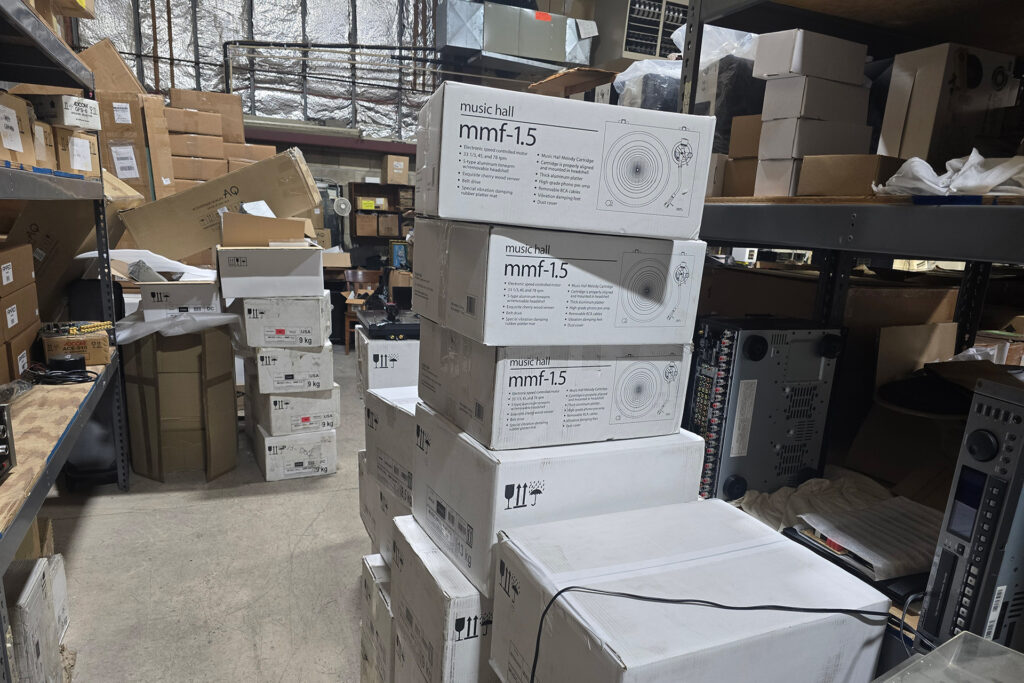
Option Seven: Donating Your Audiophile Components to Charity
In many cases, used audiophile or AV gear still works perfectly well, certainly as originally designed, even by the time we are done with them. In this case, and obviously if the component has lost most if not all of its resale value, it might be a nice gesture to donate the component in question to someone who might put it to good use. This might be a son or daughter who is looking to build a stereo system of their own. Or the recipient of your generosity might be the child of a good friend or neighbor. There are many advantages to seeing someone with no audio system at all receive something for no charge, which may then be enjoyed for as long as it continues to work. Such gear might also be donated to a notable charity or other similar worthwhile cause.
Finding a worthy cause is pervasively easy and might be a great option, depending on the age, condition and original features of the component. And donating may offer a tax benefit and write-off. There are also commercial charitable companies that may be used. Two examples, both used in fact by our publisher, are the Salvation Army and Goodwill. It is a good idea to first take a few photos of the product being donated. Both organizations will also provide a receipt, which may be used for tax purposes. And both are almost always happy to help unload your car, which is certainly welcome. They can get picky about products with batteries, as they are not really set up to be an e-waste recycling center. Places like Staples and Best Buy are much better options for recycling batteries. One additional tip is to put a fair, but not excessive, value on the product being donated. There is no need to cause the IRS to question the value of any donated item and, worse still, trigger an audit of your tax return. Using common sense when it comes to the value of donated merchandise is always a wise practice. Best of all, you will set yourself up for an easy and successful write-off on your taxes. And it also provides a feeling of satisfaction to charitably dispose of used audio and AV gear. That’s a solid win-win outcome.
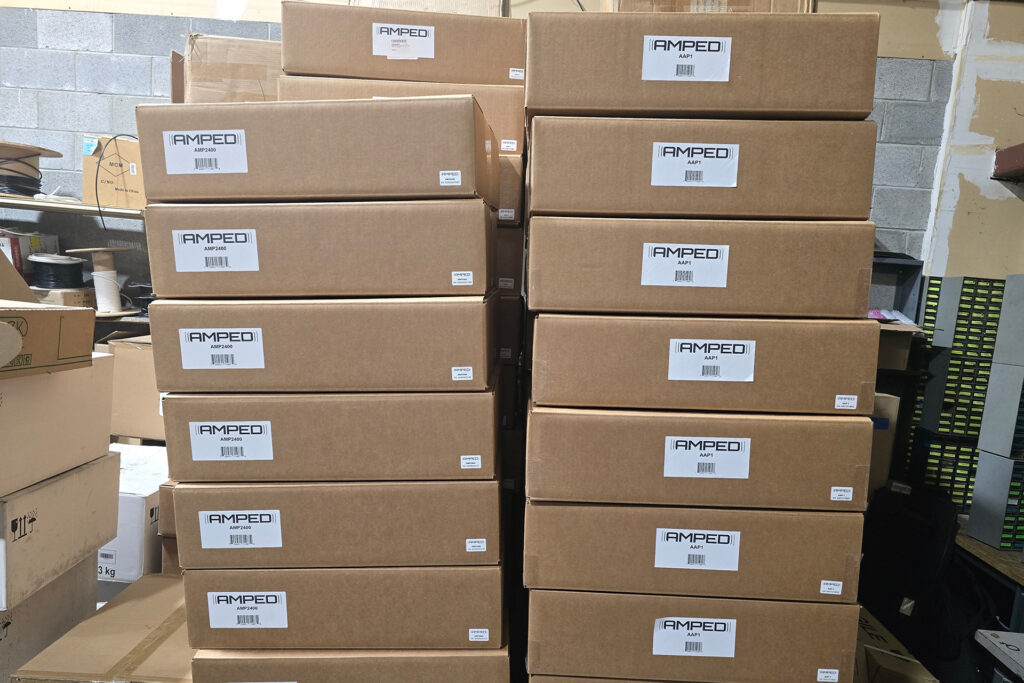
Final Thoughts On How To Sell Used Audiophile Gear …
At some point in our audio journey, it will be necessary to replace an old component with one more modern, better designed and with improved performance. How long we keep any part of an audio system will vary. Maybe we continue to use existing gear until it breaks or is no longer wanted. Maybe we really want a performance increase because, as almost all audiophiles will agree, we really enjoy improved sonics. When this occurs, it is important to make a decision on the old equipment, so room may be made for the new. How best to accomplish this is dependent on the age and condition of the used gear and, most importantly, where it ranked when it was new.
Most used gear may be reliably sold at roughly a cost of about 50 percent of the original retail price. This will vary depending on the physical condition, whether everything works, and if the original packaging and paperwork is included. This is another reason to always keep those boxes, user guides and all the packaging, so when you do sell something used, not having original packaging won’t stand in the way.
Selling gear used may well be an easy thing to do. It can, alternatively, also be frustrating, time-consuming and, when the product in question fails to garner an adequate price, a disappointment. While we all want to have an immersive audio experience, making it possible for someone else to enjoy the hobby is a worthwhile cause and a big part of the way our hobby works. And, without question, if making way for something new and improved is facilitated by selling something old, then the sonic benefits will likely outweigh the financial ramifications that selling something used may create. After all, what audiophiles really want is a better-sounding audio system. If replacing something older with something newer makes that happen, perhaps the sale of something used will be easily justified.
How do you like to sell your audiophile gear? Do you sell it outright or direct to a consumer? Share with us how you’ve had a good or bad transaction and we will post your comments right away.




What a great idea for an article and well done.
Many thanks for the compliment and the response Bryan!
Paul
Why thanks Bryan. I appreciate the compliment.
Paul
Here are some things I’ve learned buying and selling 50+ items in the last six years or so on USAudioMart, Facebook Marketplace, eBay and AudiogoN:
Don’t forget the effort/cost of shipping when pricing your gear. Store your original manufacturer boxes in a dry space, ideally with original foam inserts. Include shipping to lower 48 states in your price, use PirateShip to get discounts on UPS shipping w/ insurance, pack the gear carefully and ship quickly. I’ve found packing/shipping well to be critical to obtaining a 100% score on every market I sell in.
If you don’t have the original boxes you can often obtain new shipping materials from the manufacturer. This isn’t cheap, but your buyer will notice the effort. You could even include it in the cost of the item – the #1 concern many have with buying used is damage during shipment.
It may hurt, but if someone has an issue with something you sold them I suggest accepting a return provided they pay to ship it back to you. Even one bad piece of feedback may increase the time it takes to win future sales significantly.
If you’ve resolved to sell something, check the last year’s worth of listings for that item on USAudioMart to find an initial price. Set your initial price a little lower than the lower end of that scale to sell quicker. Getting ‘top dollar’ will often involve responding to inquiries that don’t lead to a sale, and this time is valuable. The frustration of dealing with ‘tire kickers’ and going back and forth with someone for a week only to have them disappear is a drag.
Lower your price every week by a set amount until your item sells.
If you’ve done both of the steps above (set initial price relatively low / lower every week) you can still win sales from hagglers who always request 25% off the asking price. “This price is fair to me and you. Here’s why.” If they go elsewhere for that item, good luck to them.
Sorry for the slow response.
Dealing with being displaced from the fire in Pacific Palisades.
Thank you for the AWESOME post!
Best wishes to you and your family, and thanks much!
Six crates of DVDs & lots of really old equipment will probably go to the Sally Army (when I get off my butt, I’m frugal & find it hard to let stuff go) where I’m sure it will get thrifted immediately but what the heck!.
Rip that shit first.
I use Salvation Army a lot. They will give you a receipt but perhaps make a simple spreadsheet AND take a photo to put with your 2025 tax items.
I really love this article and Caleb Keen above for adding to it! I would like to know more about the PayPal aspects of it to get the sale to be trusted on both sides. I want to know the finer points between the agreement to buy and the shipment. Obviously, one ships it once the PayPal has hit, but what else is a part of the process to safely secure the sale and still breed trust on the other end of the transaction? I need to sell some Magnepan 1.6’s and just a bit worried. I have sold via Craig’s List previously, but I won’t do that these days.
Craigs List is good for local and for taxes (pay in cash) You might try there first.
Audiogon.com is good. They will sell quickly but suck to ship. Not too heavy but thin, tall and wide.
Because of the tax implications and the paperwork hassles, more and more people are going to PP F&F. Therefore, it is critical to build a strong reputation which means NO negative feedback. Spend a ton of time up front with lots of photos of the product and packing, double boxing when at all possible and if possible, buyers and seller should talk to get a sense of trust.
A new seller may have to start with wires, cables and inexpensive gear but after a half dozen or more “green” ratings and positive reviews it becomes a lot easier to buy and sell the high dollar stuff.
Also, if you can’t get boxes from the OEM, you can usually have custom boxes made from a box manufacturer and use Styrofoam from home depot…but make sure to allow for about 2″ on each side for maximum protection.
Great comment.
Thank you.
And you are 100% correct. You can have boxes or CRATES made that are killer. The point that I was trying to make was about having a PRO company (box and ship place – NOT YOU) do the work as the shipping companies WILL fight you. When you say “I paid a pro” you win. I did this. Real world advice.
This is a great article with much useful information and the follow up comments are also very helpful.
One thing (and I am not an accountant), but I think that the limits for when PayPal will now issue a 1099 has been lowered for tax year 2024 to $5,000 and it will get lower moving forward. Not a PayPal thing to my understanding, but a federal tax law thing.
Great comment
I use Paypal a lot.
I THINK (don’t hold me to it) that you can do more than $5,000 if you are verified. I use it a LOT.
I prefer a wire transfer. Most real-world. Most secure but Paypal allows people to use their cards which can be helpful.